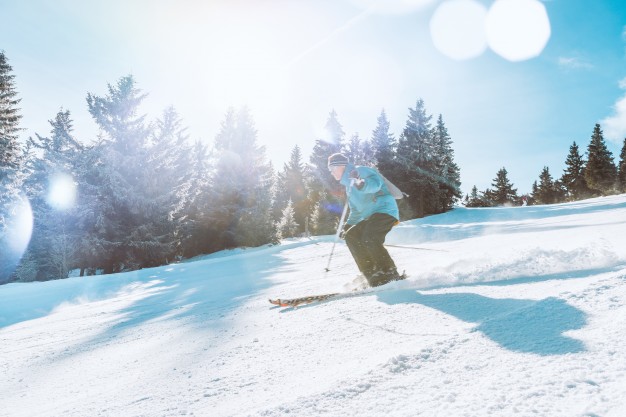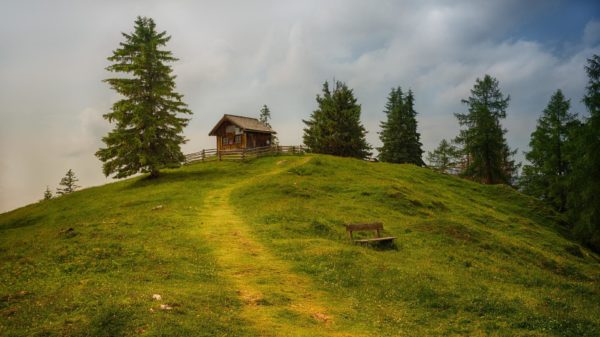Helmet, mask, back protector… accessories that save lives! A few important facts to help you remember them.
Ski helmets – a must for all
Helmets protect the head and prevent injuries or worse. Certain features are essential when buying one. Helmets that comply with UNI EN1077 CE regulations guarantee high strength and protection against penetration by sharp objects. Recognised certification stamps include CE, TÜV SÜD and GS.
Also important are the correct fit and size: even without a chin strap, the helmet must not slip in any way. The chinstrap must be well fastened but not cause irritation. It must also be completely padded, including in the area of the closure.
The ski helmet should in all circumstances be replaced every 3-5 years, due to the deterioration of the materials through age.
Back protectors
More and more amateur skiers now use back protectors, which are already well-known to professionals. Their function is to prevent sharp objects from penetrating the back and to cushion against shocks in the event of falls. Back protectors to attach to ski suits or those already built into a waistcoat are available to buy. They come in rigid or soft versions, both of which are very safe. Whichever option you choose, the back protector must fit well and give full protection to the spinal column. Absolutely make sure that it’s approved as complying with the DIN EN 1621-2 code for pack protectors; this will guarantee the right protection against impacts of all kinds.
The back protector must also be very resistant to external temperatures and humidity, and its protective layer must exceed a minimum thickness.
Again, it must be replaced at least every 5 years or in the event of deterioration.
Ski goggles
Ski goggles must be stable and fit well, without creating pressure points. No air should enter between the edge of the helmet and the goggles, meaning that it’s better to buy the helmet first and then take it along to try on the goggles.
The lenses must give protection from UV rays and ensure the best possible visibility in differing light conditions. Goggles with interchangeable lenses are also available for this purpose. In this case too, resistance to breakage and impacts is absolutely vital to prevent splinters from getting into the eyes if you fall.
More modern ski goggles also have an anti-mist coating called fogstop. Alternatively, versions exist with fans and ventilation slits. At the bottom of the piste never forget to dry your goggles.
For people who wear glasses there are also special versions on the market that enable you to wear spectacles and ski goggles together. Alternatively, most opticians sell ski goggles with prescription lenses.
Ski gloves
Gloves primarily protect your hands from abrasion and cold. They must therefore be made in a strong, windproof and waterproof material.
To not impede blood circulation you need to buy gloves in the right size, which will also prevent your hands from cooling more rapidly.








